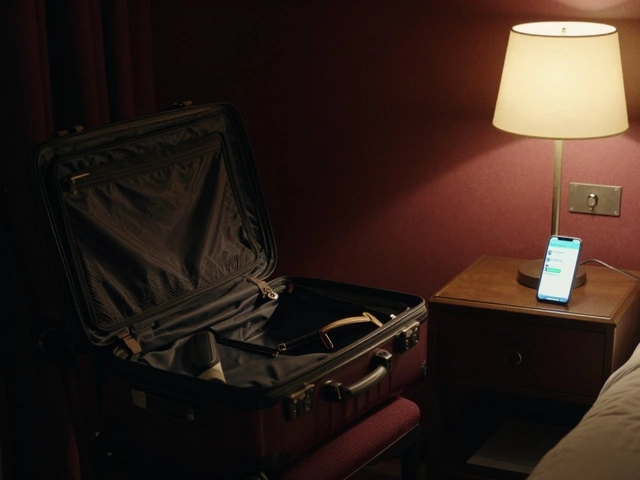Online Banking Outage: How to React When Your Bank’s App Stops Working
Ever tried to check your balance and got a blank screen or an error message? It’s frustrating, but you’re not alone. Outages happen to big banks and tiny credit unions alike. The good news is you can stay in control even when the digital doors are closed.
Why Online Banking Outages Happen
Most outages are caused by technical glitches – a server overload, a software update gone wrong, or a cyber‑attack that forces the system offline. Sometimes the issue is on the network side, like a problem with the internet provider that blocks the connection. Knowing the cause helps you choose the right response.
Practical Steps to Take During an Outage
1. Stay calm and double‑check. Refresh the page, try a different device, or use the bank’s mobile app instead of the web portal. A simple cache clear can fix a local glitch.
2. Use alternative access. Most banks still offer phone banking, ATM services, and in‑branch help. Call the customer‑service number (found on the back of your card) to get balance info or make urgent transfers.
3. Keep a backup of essential info. Write down key account numbers, emergency contact details, and recent transaction amounts. Having this on hand speeds up verification when you speak to a representative.
4. Monitor your account later. As soon as the outage clears, log in and scan for any unexpected activity. Outages sometimes coincide with fraud attempts, so flag anything odd right away.
5. Set up alerts. Text or email alerts for large transactions, low balances, or login attempts can give you peace of mind, especially when the online platform is unstable.
6. Consider a temporary cash buffer. If you need to pay bills or buy groceries, withdraw a small amount from an ATM before you run out of options. Keep it safe and only use it for immediate needs.
7. Follow the bank’s official channels. Check the bank’s Twitter feed, status page, or news section for real‑time updates. Social media often posts outage timelines faster than the website itself.
8. Review security settings. When the system is back, change your password if you suspect any compromise. Enable two‑factor authentication (2FA) for added protection.
9. Plan for the future. Keep a list of backup banks or credit unions that offer reliable offline services. Having a second account can be a lifesaver if your primary bank experiences repeated downtime.
10. Give feedback. Let the bank know how the outage affected you. Constructive feedback pushes them to improve redundancy and communication, which benefits all customers.
Outages are inconvenient, but they don’t have to turn into a financial disaster. By staying prepared, using alternative channels, and checking your accounts as soon as service resumes, you keep your money safe and your stress low.
NatWest Customers Urged to Visit Branches Amid Online Banking Outage
NatWest's online banking services and mobile app experienced an outage early Tuesday morning, prompting the bank to advise customers to visit branches or use telephone banking. Users reported difficulties logging in, while the bank works to restore services.



